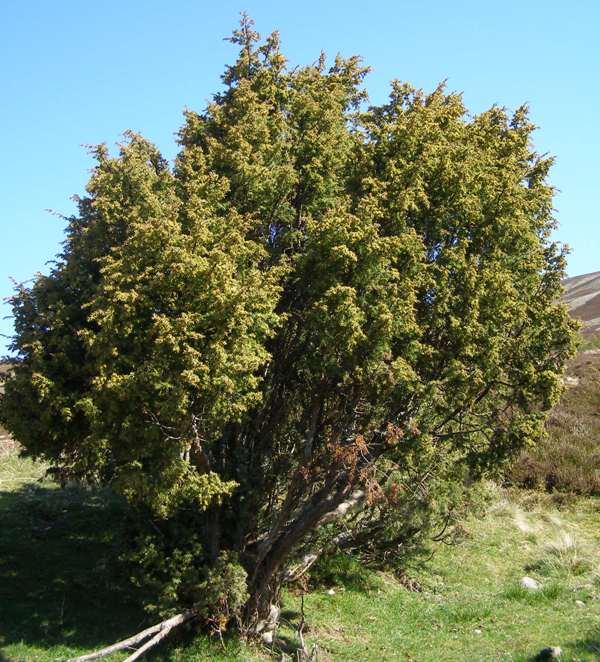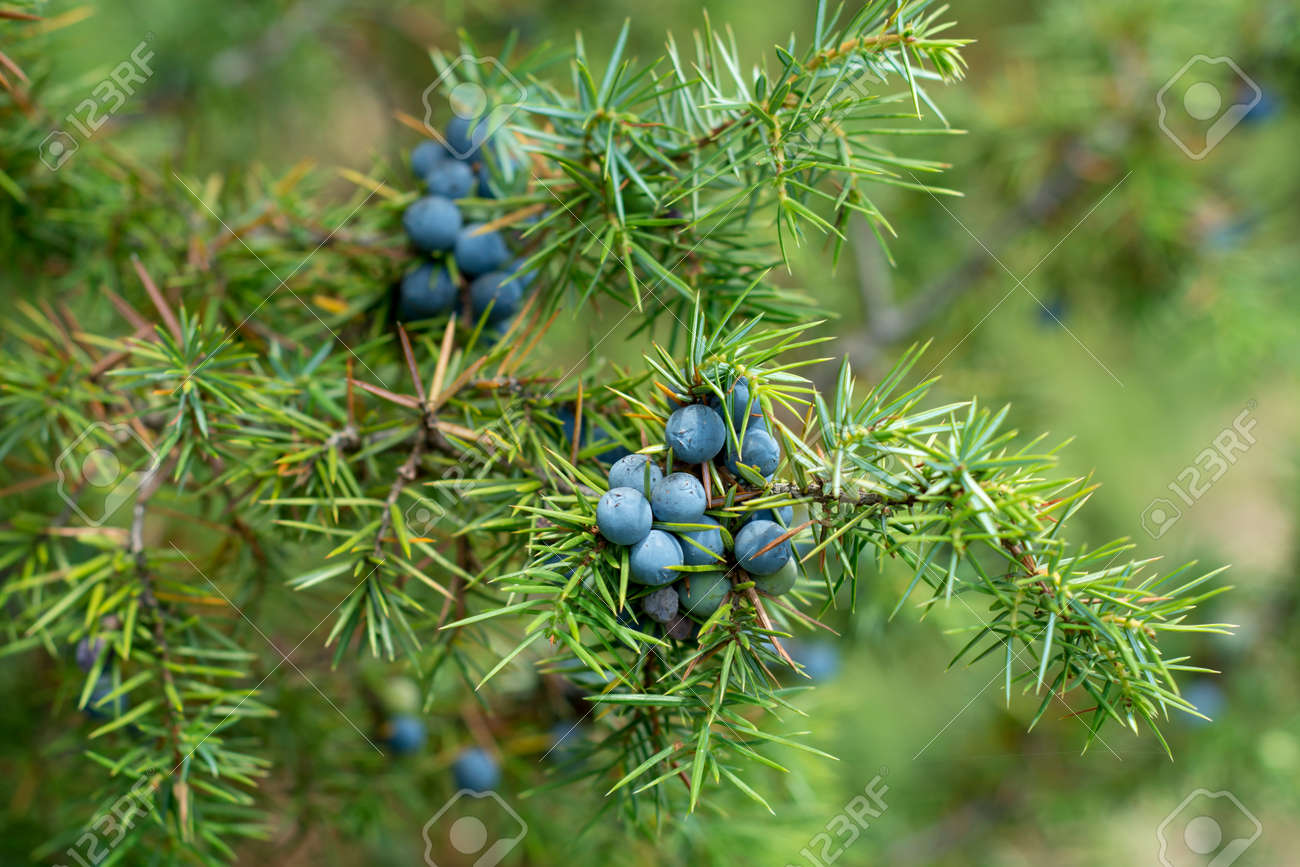
(750 cm) in height, and it is commonly a tree in Europe. In parts of New England, Common Juniper occasionally grows up to 25 ft. In North America, it most often grows as a low mat-forming shrub reaching up to 5 ft. Poison Toxic Principle: Volatile oils including thujone.Possibly the most widely distributed tree in the world, Juniperus communis (Common Juniper) is an evergreen shrub or columnar tree. Poisonous to Humans: Poison Severity: Low Poison Symptoms: CAUSES ONLY LOW TOXICITY IF EATEN.

Landscape: Landscape Location: Naturalized Area Recreational Play Area Woodland Landscape Theme: Children's Garden Edible Garden Attracts: Songbirds Resistance To Challenges: Deer Problems: Poisonous to Humans.Leaves: Woody Plant Leaf Characteristics: Needled Evergreen Leaf Color: Green Leaf Value To Gardener: Edible Fragrant Leaf Type: Needles Leaf Arrangement: Whorled Leaf Shape: Acicular Subulate Hairs Present: No Leaf Description: Leaves small, short needle-like (awn or awl shaped), tightly crowded on the twig, 3 at a whorl.Flowers: Flower Description: Confier- does not have flowers.Fruit: Fruit Color: Blue Fruit Value To Gardener: Edible Display/Harvest Time: Summer Fruit Description: fleshy seed cones bluish and berry-like.Cultural Conditions: Soil Drainage: Frequent Standing Water Good Drainage Moist Occasionally Dry Very Dry NC Region: Mountains USDA Plant Hardiness Zone: 2a, 2b, 3a, 3b, 4b, 4a, 5a, 5b, 6a, 6b, 7a, 7b, 8b, 8a.Whole Plant Traits: Plant Type: Ground Cover Native Plant Poisonous Shrub Tree Woody Plant Leaf Characteristics: Needled Evergreen Habit/Form: Irregular Growth Rate: Slow Texture: Medium.Strain and use as regular tea, in small quantities.

Juniper tea can be made by placing a dozen young berryless twigs in a quart of cold water bring to a boil then allow to simmer for 10 minutes.

Play Value: Edible fruit Fragrance Wildlife Food Source Edibility: EDIBLE PARTS: "Berries" used to flavor gin and for cooked meats and red cabbage. Attributes: Genus: Juniperus Species: communis Family: Cupressaceae Life Cycle: Woody Country Or Region Of Origin: North temperate America and Europe Distribution: Across the US Wildlife Value: Birds feed on berries.


 0 kommentar(er)
0 kommentar(er)
